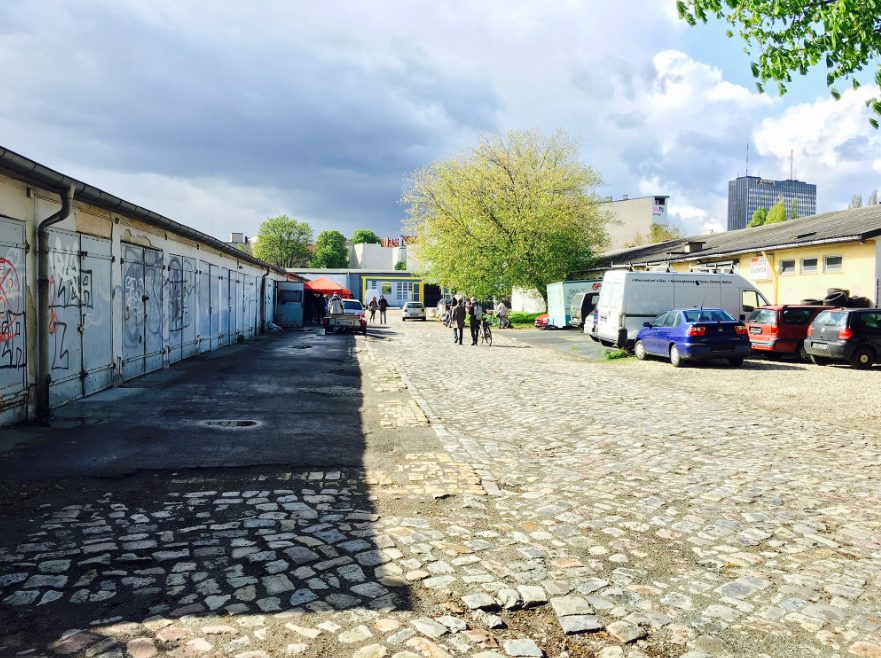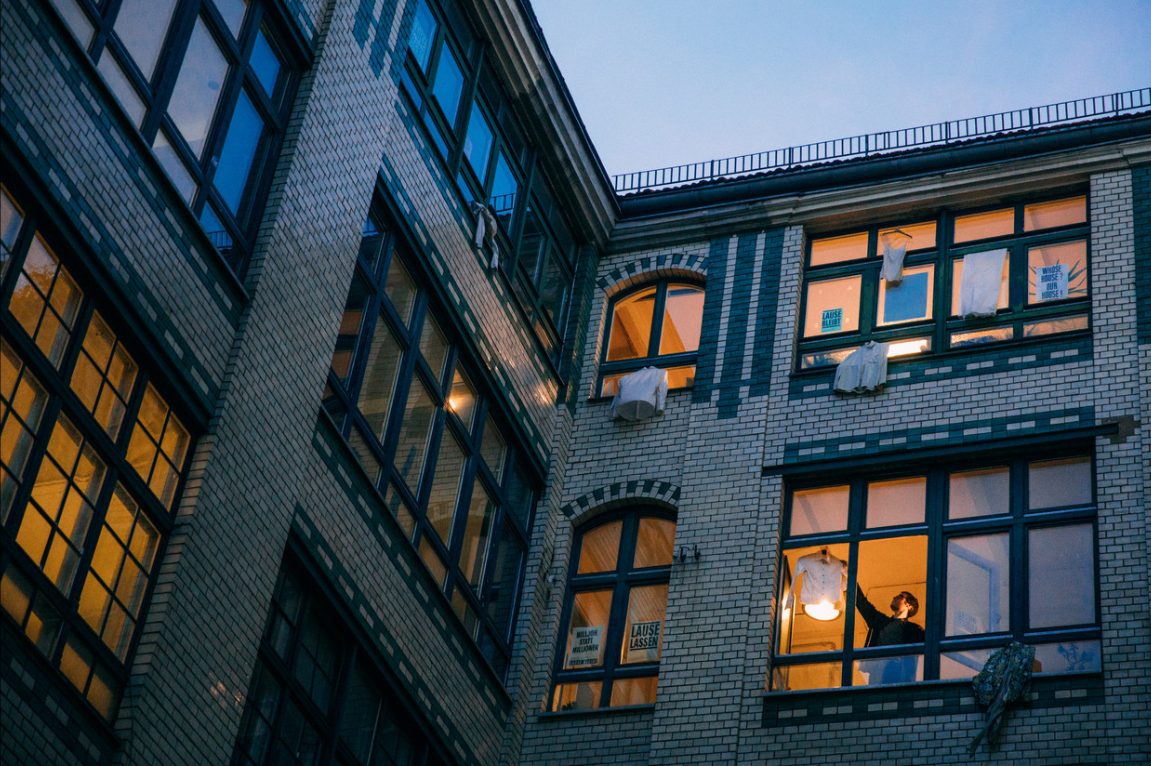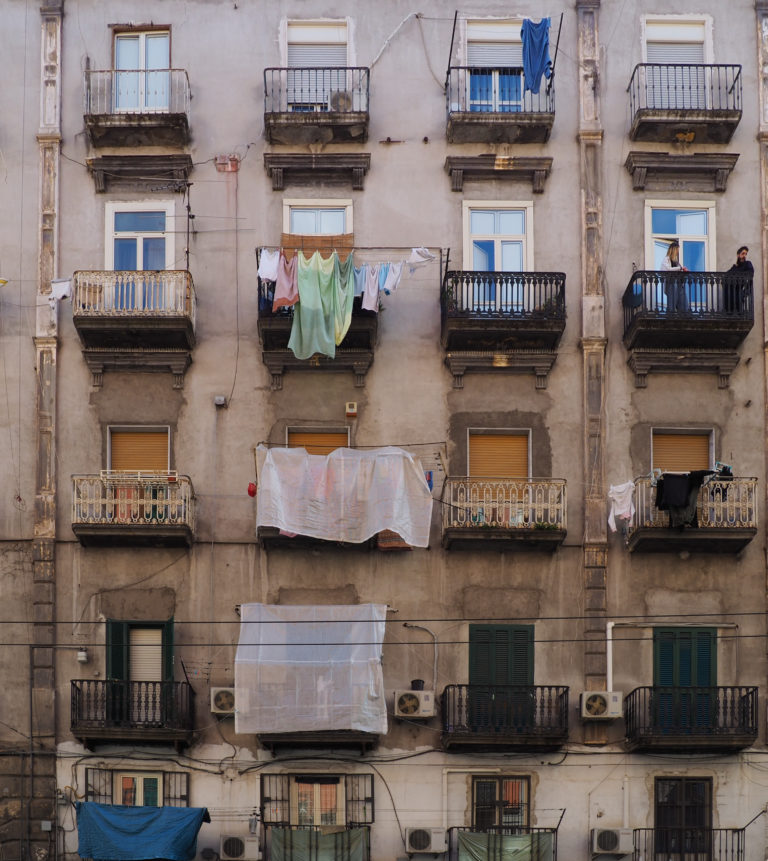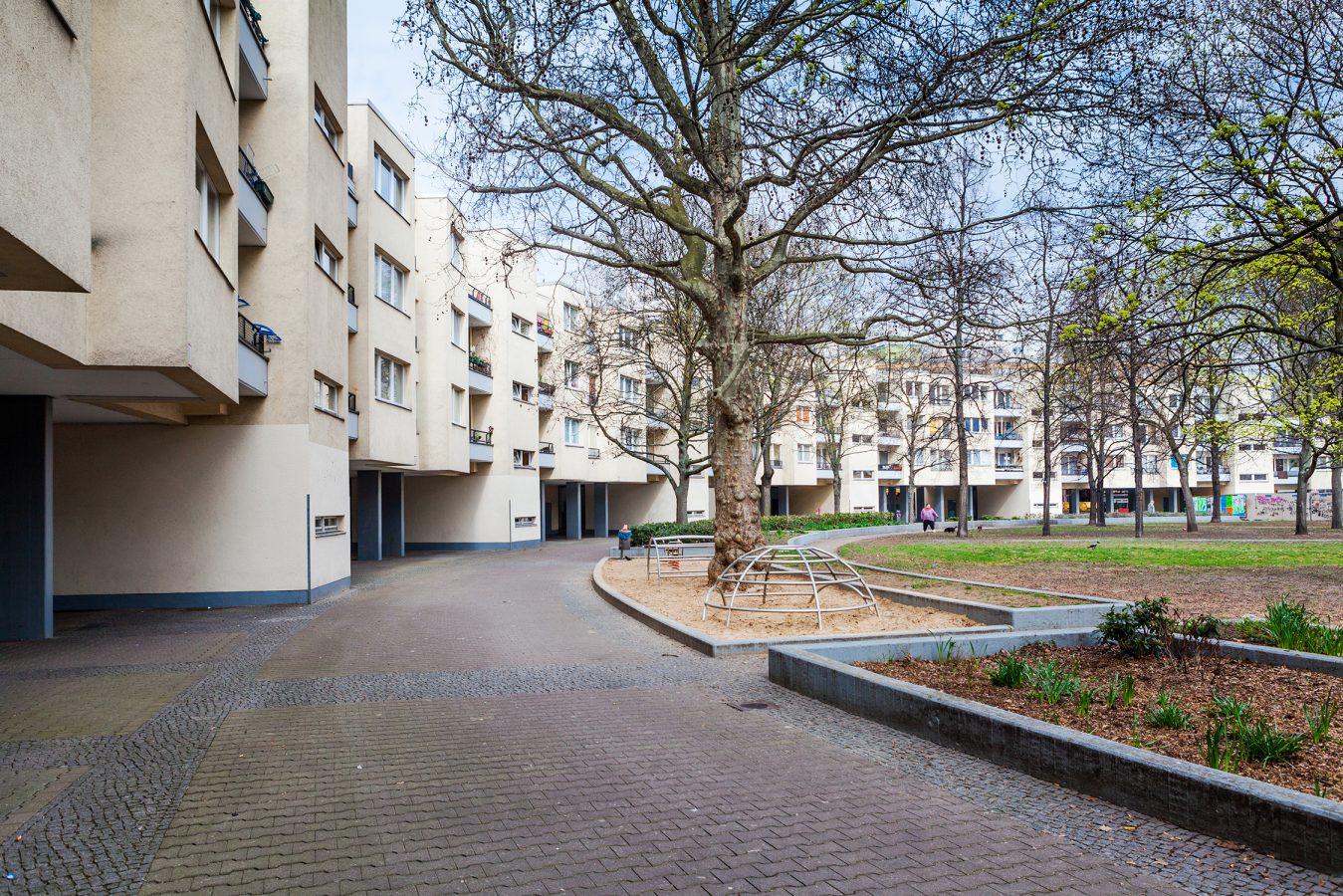
DRAGONER AREAL, BERLIN
Dragoner Areal is a key area in the heart of Kreuzberg, one of the last plots available for development. It is the nucleus of a Regeneration area (Sanierungsgebiet Rathausblock) that was planned to be sold by the Institute for Federal Real Estate to private investors. It has been the object of a mobilisation of citizens against the privatisation, and after a series of controversial negotiation its property has been transferred to the Berlin government in 2019. Project models were planned and met with enthusiasm by both citizens and several stakeholders, collaborating to advance solutions that could foster social equality and ecological empowerment to the neighborhood. However, a recent sentence from the Berlin-Brandburg Tribunal has declared the reasons behind the transaction of the Dragoner Areal to the Berlin state as illegal. Therefore, the future of the place is still undecided.
Berlin · codesign · housing · kreuzberg · participation · urban regeneration




